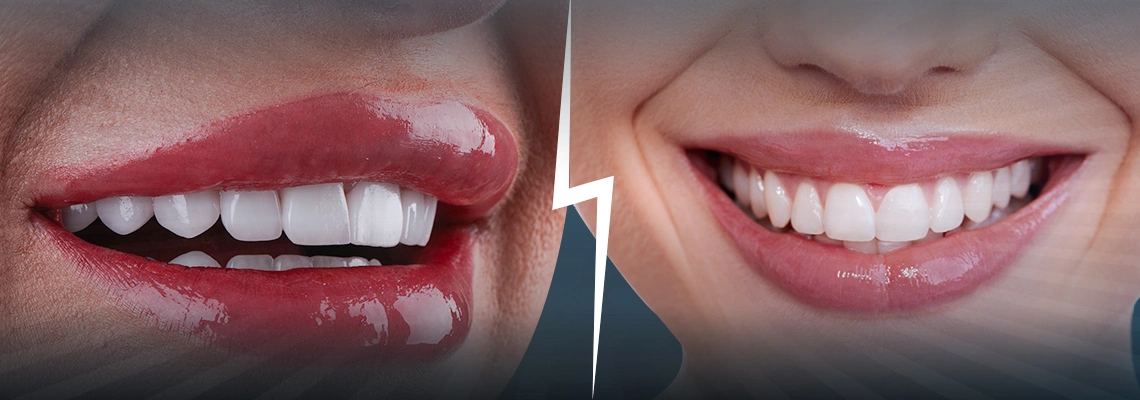Is liposuction painful? Liposuction or lipoplasty is an aesthetic body contouring procedure that aims to remove excess fatty tissues from specific areas of the body such as thighs and arms. Due to its popularity, there are many issues and questions that patients have mainly regarding the degree of pain accompanying the procedure which this article discusses in more depth.
Table of contents:
- How painful is liposuction?
- How long does the pain last after liposuction?
- Most painful liposuction areas
- How painful is Lipo 360?
- How fast do you recover from liposuction?
- Liposuction side effects
- Is liposuction worth it?
How painful is liposuction?
During the procedure, the patient will be under anesthesia thus they will not experience any pain. Nevertheless, in the first days after the procedure, the patient may suffer from various kinds of discomfort. Not all patients experience the same level of pain but for most of them, the peak of the pain starts after anesthesia and decreases gradually with time. For that reason, the surgeon describes the suitable painkillers in the first period after the operation.

Related articles:
How long does pain last after liposuction?
Although the pain appears in the first days after the procedure, the longevity of the pain differs from patient to patient. For most patients, they can resume their daily activity comfortably after the first week of the operation. Nevertheless, some patients may still experience pain until the end of the first month, swelling and light soreness may continue for a longer period.
Most painful liposuction areas
The level of the experienced pain can be highly affected by the area of the operation. For example in some regions such as hip and back liposuction, the patient may experience more discomfort than usual. This increase in pain is largely due to the nature of the tissue and the subsequent healing process that takes part. Although the pain in the back and hip regions can be more severe it is still manageable and fades away gradually within the first month.
How painful is Lipo 360?
Lipo 360 is a special technique of liposuction, as the traditional liposuction procedure usually targets one area of the body. While lipo 360 works on multiple body parts. As the name reflects this technique depends on circumferential movements to 360 degrees which makes it more effective. Working on multiple areas at the same time may cause a higher level of pain after the procedure. But the pain is still under control by over-the-counter painkillers.

How fast do you recover from liposuction?
The recovery period can differ between patients, but the average interval between the operation and presuming daily life activity is between one to two weeks. For some patients, this period can be longer, as the expected full recovery is after the first month of the procedure.
Liposuction side effects
Although liposuction is a relatively simple procedure, it is still a surgical one that can have some risks. The side effects of liposuction can vary according to the medical condition of the patient and the area of the operation besides other factors. Generally, the common side effects include:
-
Side effects related to the surgical procedure can include bleeding, Shock, infection, fat embolism, and fluid accumulation.
-
Some complications are related to the anesthetic procedure used such as body reaction to a specific type of anesthesia.
-
After the procedure, many symptoms can appear as a result of temporary or permanent nerve damage such as numbness and change in skin sensation.
-
Also, damage to neighboring organs, muscles, and blood vessels can be expected.
-
Due to uneven fat removal or long-term weight gain fat can reaccumulate in the area of liposuction or close areas.
Is liposuction worth it?
Body contouring by liposuction is not a weight loss procedure but it can significantly help in healthier and more aesthetic distribution of fat tissues. Thus it can be so effective it is done alongside other weight loss methods like exercises and eating a healthy diet. And it can be highly recommended for patients who are suffering from fat deposits in specific body areas.
Resources:
- Is Liposuction Safe?
- Is Liposuction Safe? What to Expect, Risks, and More (healthline.com)
- Liposuction: What You Should Know
- Liposuction: How It Works, Types, Safety, Side Effect & Benefits (webmd.com)
- Liposuction
- Liposuction - Mayo Clinic















